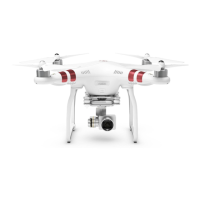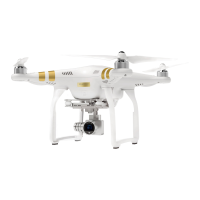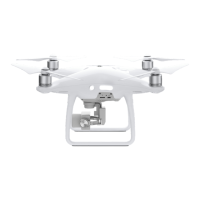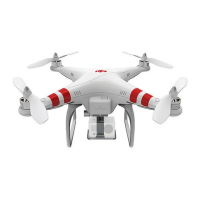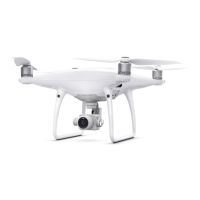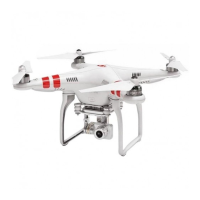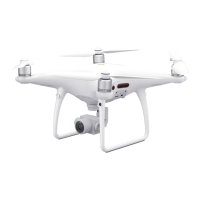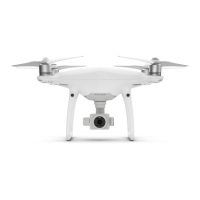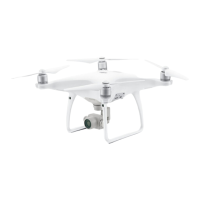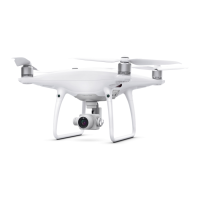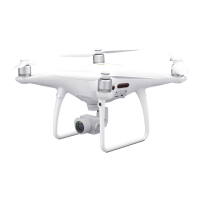PART D – OPERATING PROCEDURES (On-Site)
22. On-Site Assessment Survey
Upon arrival at the operating site location, the Leicester Drones Pilot-In-Command will carry out an On-Site
Assessment Survey to familiarise themselves with the local geography of the site. This is completed by
physically walking around the site to assess any hazards marked on the Pre-Site Assessment Form. It is
advisable to carry out this procedure with the Observer so that all issues can be discussed as they are found.
All findings should be recorded using the On-Site Assessment Form found in Appendix C. The mobile
application GPS Test will be used to ascertain satellite coverage, a minimum of seven satellites over a good
spread will be required for all Leicester Drones flight operations.
If the Pilot-In-Command feels confident that the proposed flight operations can be safely carried out then
the operation can progress to the next stage.
GPS Test Application - http://www.chartcross.co.uk/products/WM00002_details.asp
23. Selection of Operating Areas and Alternative
The Leicester Drones Pilot-In-Command should select an Operating or Take-Off area based on the following
criteria. An alternative or emergency landing zone should also be discussed with the observer and selected,
this area should be available to land in if the first location becomes inaccessible:
Full visual coverage of the operating site.
Position in relation to the sun to avoid visual impairment.
Physical obstacles such as overhanging trees, rocks, buildings, power lines etc.
Terrain topography, avoid steep slopes or uneven ground.
Consider effects such as wind shear from nearby trees, buildings etc.
All buildings and persons not under the control of the Pilot-In-Command must remain 30 metres
away from the aircraft for Take-Off and 50 metres in flight.
24. Weather Checks
The Leicester Drones Pilot-In-Command for the operation must assess the local weather conditions. Wind
speed in knots and outside air temperature in degrees Celsius will be obtained by using a hand held
anemometer. The wind direction can be obtained using the compass feature of the GPS Test mobile
application. The Rain Today application should also be consulted for operations in the UK, this gives
information about the path rain has taken and predictions can be made from this. The on-site weather
information should be recorded on the on-site survey form.
Rain Today Application - http://www.raintoday.co.uk/
25. Crew Briefing
The Leicester Drones Pilot-In-Command will give the Crew Briefing. This briefing must be carried out before
any flight operations take place. If possible a Pre-Operation crew briefing should be given on the day before
a flight operation is to take place so that all crew members can be prepared on the day. If this is not possible
an email should be sent to each flight crew team member at least twenty four hours before the planned
flight operation advising on location and arrival time.
All Leicester Drones Flight Crew Team Members must be present at the crew briefing on-site. If any
members miss the briefing they must complete a one to one briefing with the Pilot-In-Command. The Pilot-
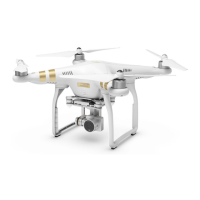
